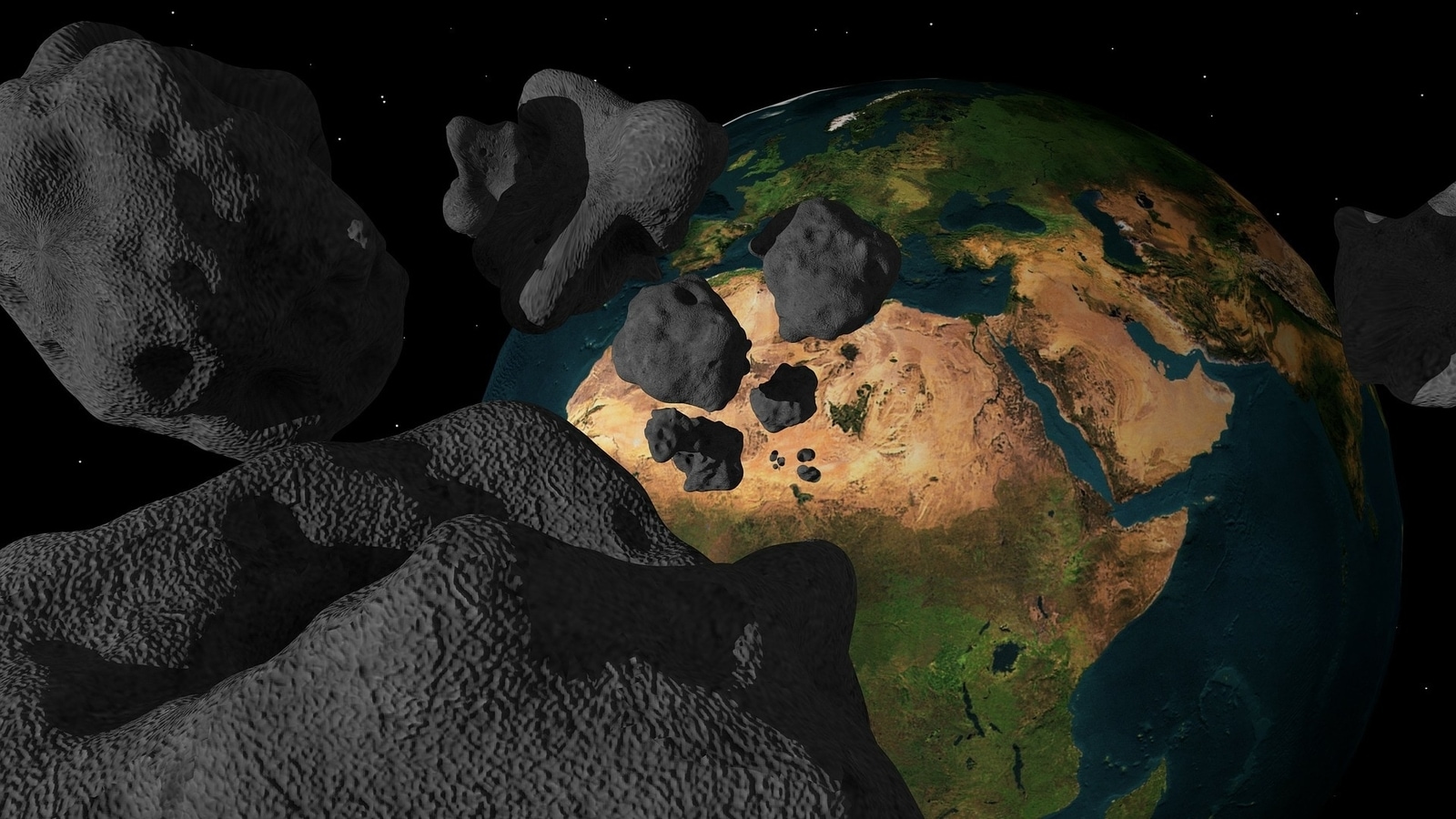NASA: Asteroid that dwarfs Empire State Building heading for Earth; Huge NEO to reach soon
NASA: Asteroid is monstrous at 4,265 feet wide and it is approaching Earth fast. ‘Potentially hazardous’ asteroid just a month away.
NASA recently discovered another gigantic asteroid that’s more than twice the height of the Empire State Building. According to NASA, Asteroid will shoot past Earth in early March, 2022. According to NASA, the ‘potentially hazardous’ space rock is up to 4,265 feet wide. While it will be close to Earth, it will safely pass from an estimated distance of 3 million miles away. An asteroid of this size could do some really serious damage but the big relief is it’s not expected to hit Earth. As NASA said, the giant asteroid is likely to shoot past us on March 4.
A few days ago on January 24, another giant asteroid about 623 feet wide, more than twice the size of the Statue of Liberty, shot past Earth from a very close distance. The asteroid, namely “Asteroid 2017 XC62″ was 4.4 million miles from us.
According to NASA, asteroids being more than about 460 feet in size with orbits within 4.6 million miles of the Earth’s orbit around the sun are categorized as Potentially hazardous asteroids. Even a minute change in the trajectories of such asteroids might lead to disaster on earth.
NASA calls anything passing near Earth’s orbit as a Near-Earth Object (NEO). It has been monitoring tens of thousands of NEOs to know whether they can be hazardous for Earth.
Meanwhile, NASA recently launched the first-ever Double Asteroid Redirection Test (DART) mission to study and experiment with a method to deflect asteroids by using kinetic impact. The DART is designed to smash a spacecraft into the smaller moonlet of the binary asteroid system Didymos. It’s a part of NASA’s larger planetary defense strategy to protect Earth in case of an asteroid impact threat.
What are asteroids?
Asteroids are small, rocky objects leftover from the solar system’s formation around some 4.5 billion years ago. They orbit the sun and mostly reside in the between the orbits of Mars and Jupiter, also known as asteroid belt. They are made of different kinds of rocks, and hence, no two asteroids are alike.
For all the latest Technology News Click Here

